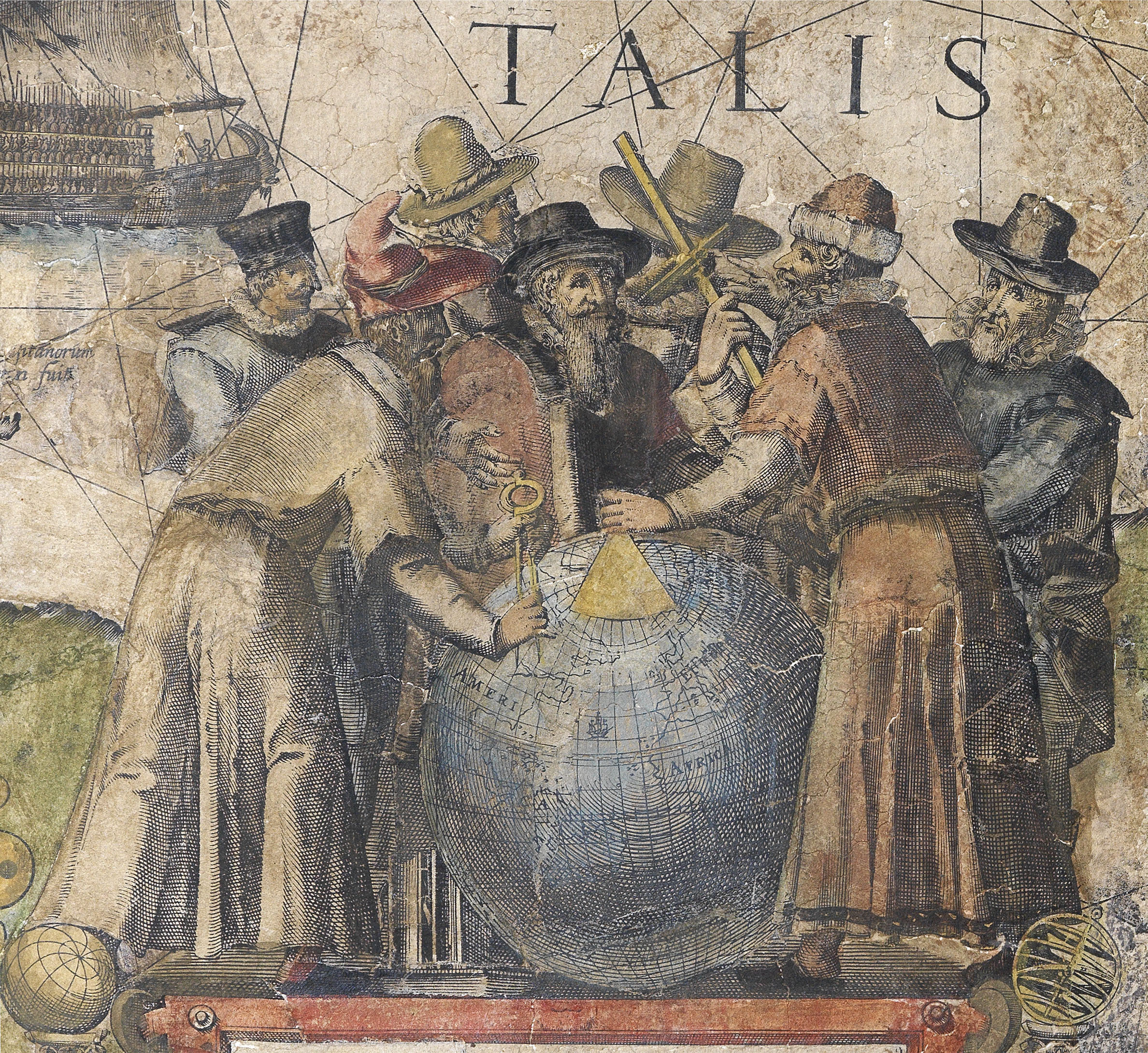Samuel Buck
(1696 - 1779)

The Buck brothers, Samuel Buck (1696–1779) and Nathaniel Buck (fl1724-1759, died before 1774), were the most prolific producers of views of English and Welsh antiquities and town prospects in the eighteenth century. They published more than four hundred engravings of monasteries, abbeys, castles, ruins, and nearly ninety panoramic prospects of English and Welsh towns. “Collectively their engravings constitute a national survey of ruins of the period, and provide us with an indispensable record of what English and Welsh towns looked like before the industrial revolution” (Ralph Hyde).
Originally from Yorkshire, they moved to London in the early 1720s. Initially working on his own, Samuel Buck’s first series of views consisted of Leeds, Wakefield, York, Newcastle upon Tyne, Durham, Stockton-on-Tees, Maidstone, Sunderland, and Lincoln, issued between 1720 and 1725.
In 1726, Samuel’s second series was a collection of twenty-four perspective views of monuments in the county of York. This was followed by a third series in 1727 of twenty-four “remarkable ruins” found in Lincolnshire and Nottinghamshire.
Samuel Buck was then joined in business by his brother, Nathaniel. Together, between 1728 and 1742, they issued a fourth series which systematically recorded ruins throughout England. A parallel project, i.e. a fifth series, issued between 1728 and 1752 consisted of a series of panoramic prospects of English and Welsh Cities, Sea-ports, and Capital Towns.
The brothers travelled the length and breadth of England and Wales drawing the subjects of their engravings, however, other artists were employed to augment the final drafts. Known artists include: Thomas Rosse, Hubert-François Gravelot, Jean-Baptiste Claude Chatelain, Peter Monamy, probably Samuel Scott, John Harris, and Gerard Vandergucht.
Sometime before 1774, Nathaniel predeceased Samuel. At that point many of the Buck brothers’ original copper-plates were acquired by Robert Sayer, who reissued the engravings in 1774, available as separate sheets, or bound into three volumes as Buck’s Antiquities.
 地图
地图  地图集
地图集  珍本
珍本  版画
版画  天文仪器
天文仪器 






